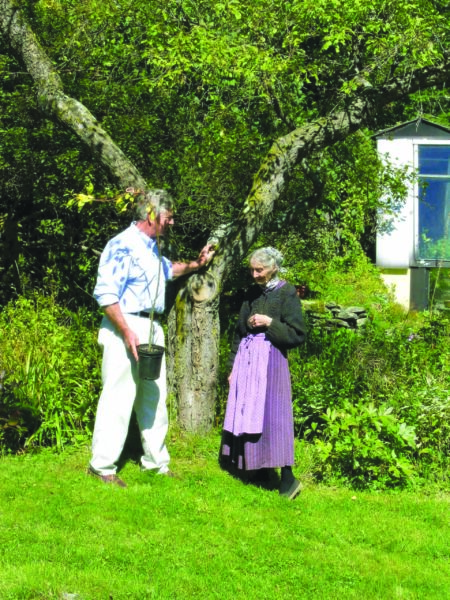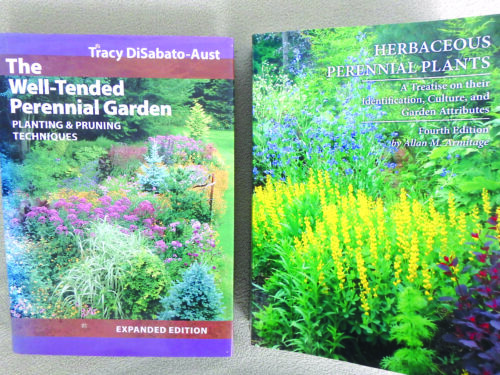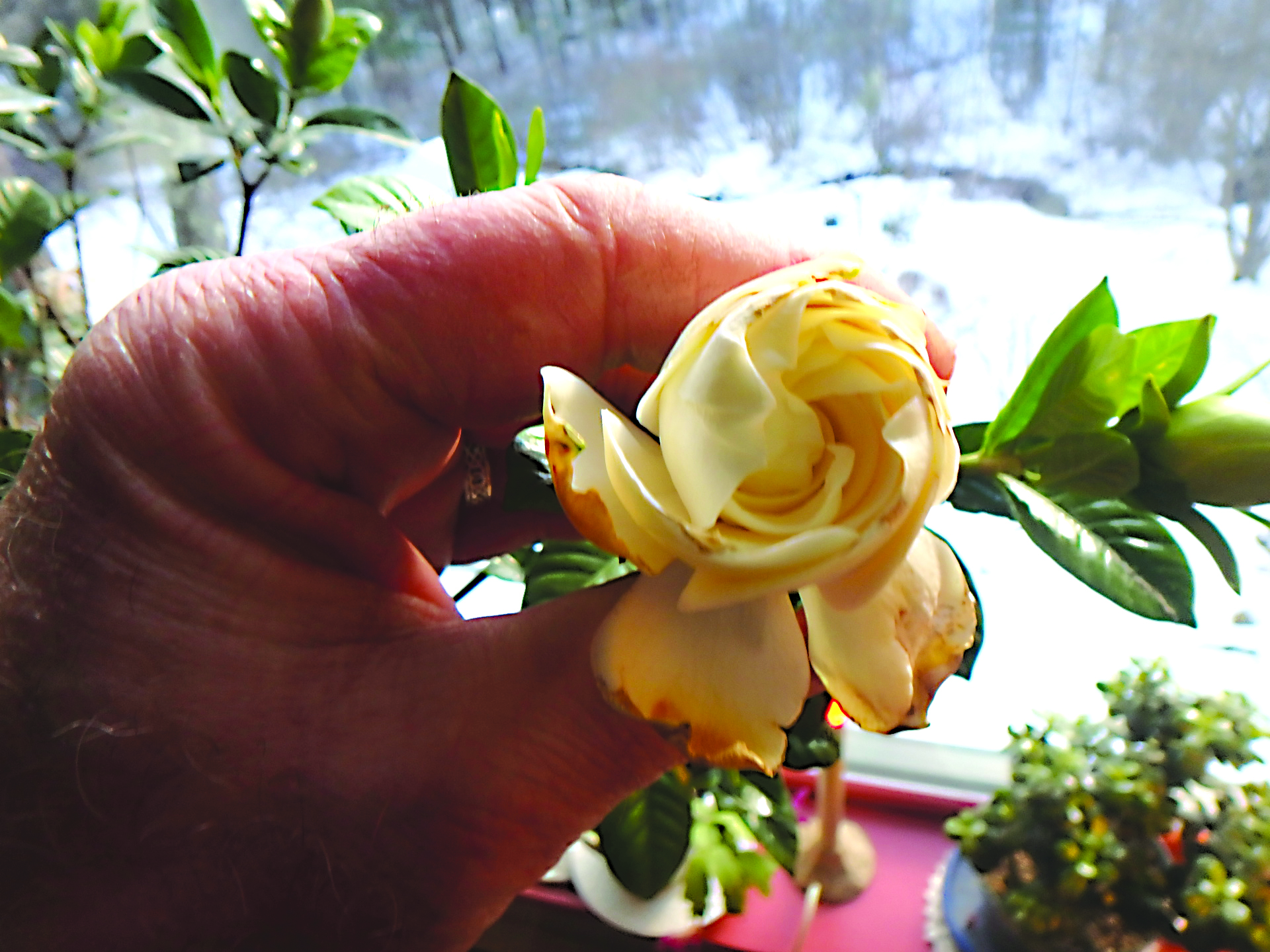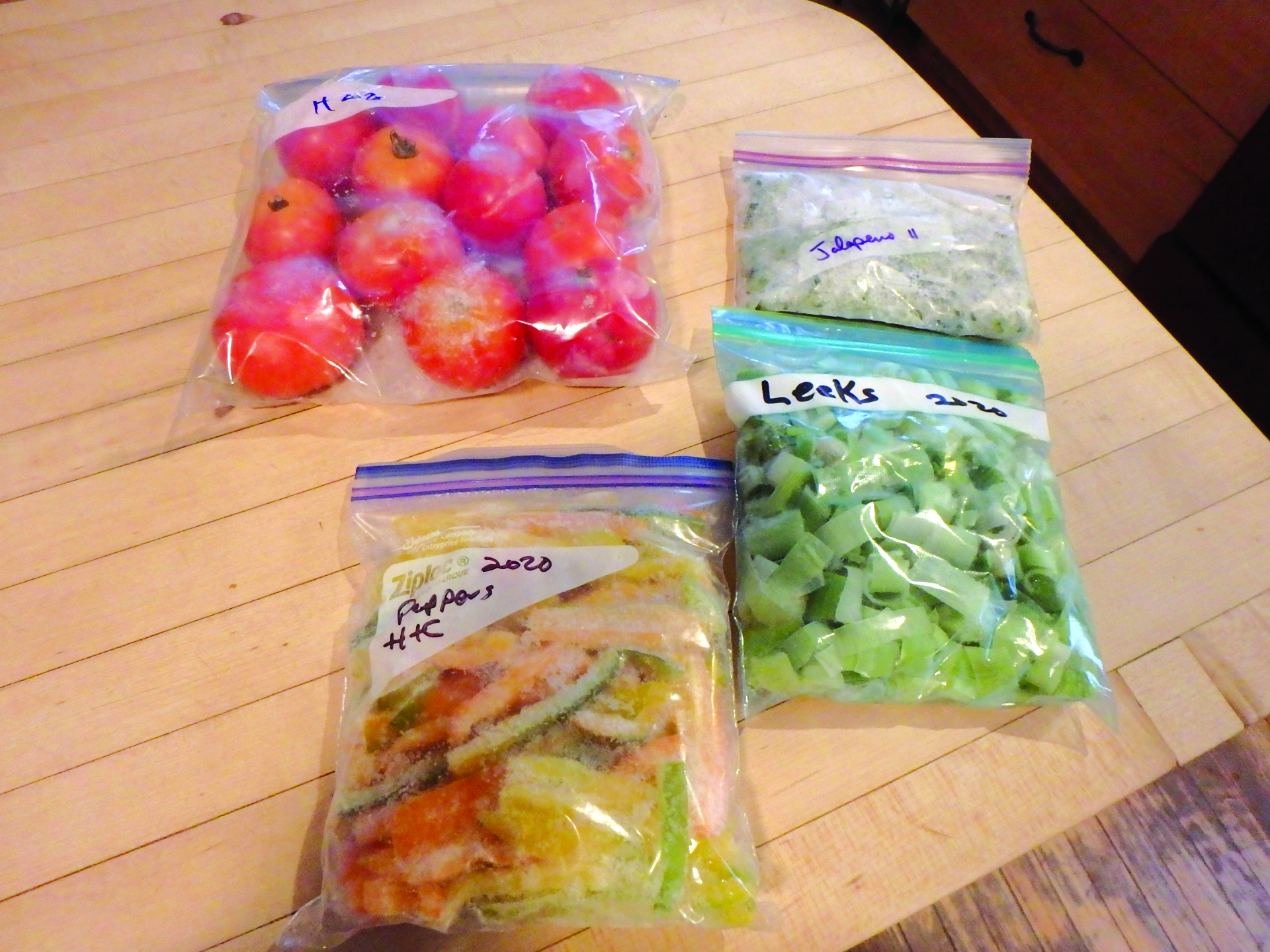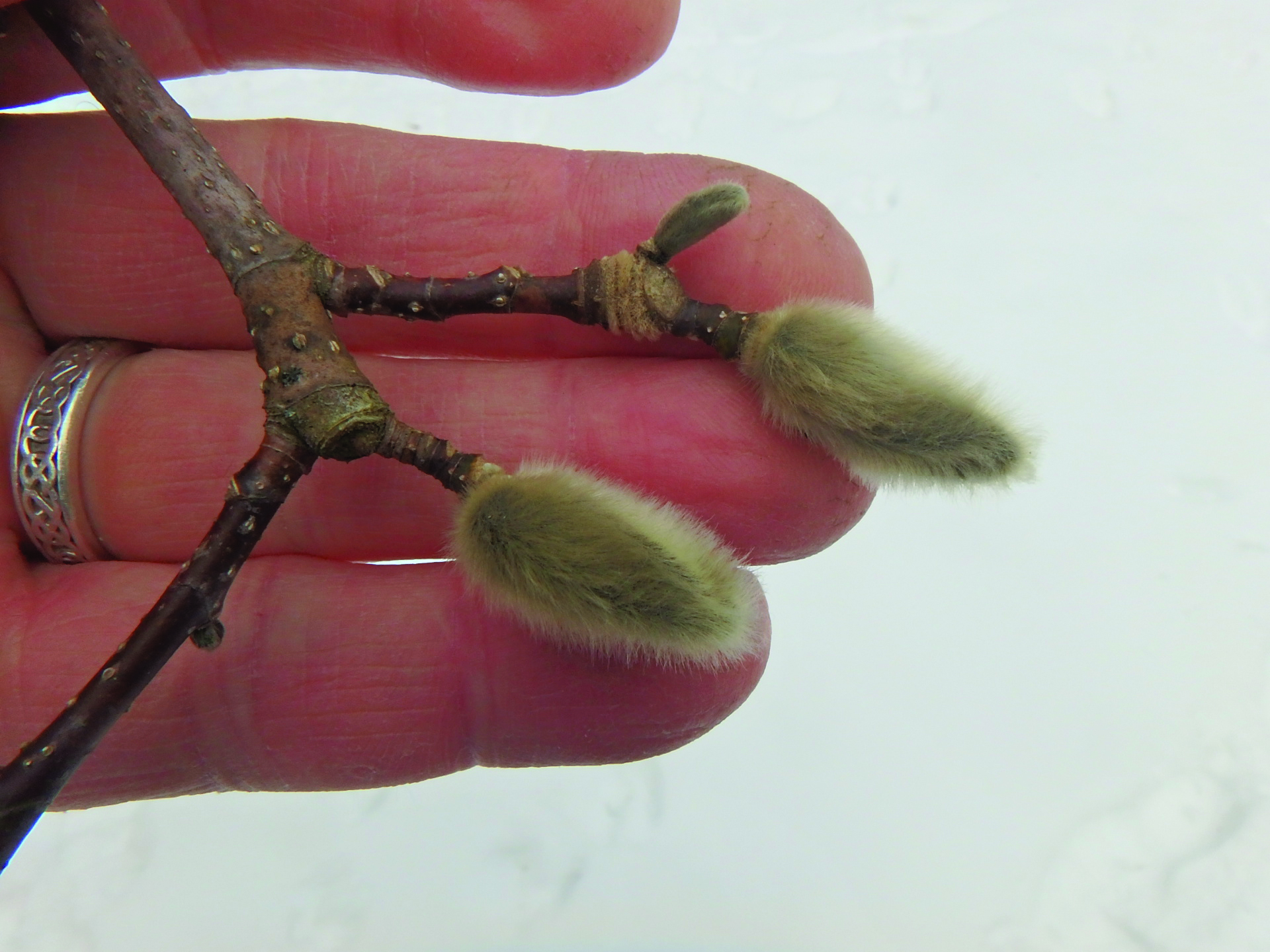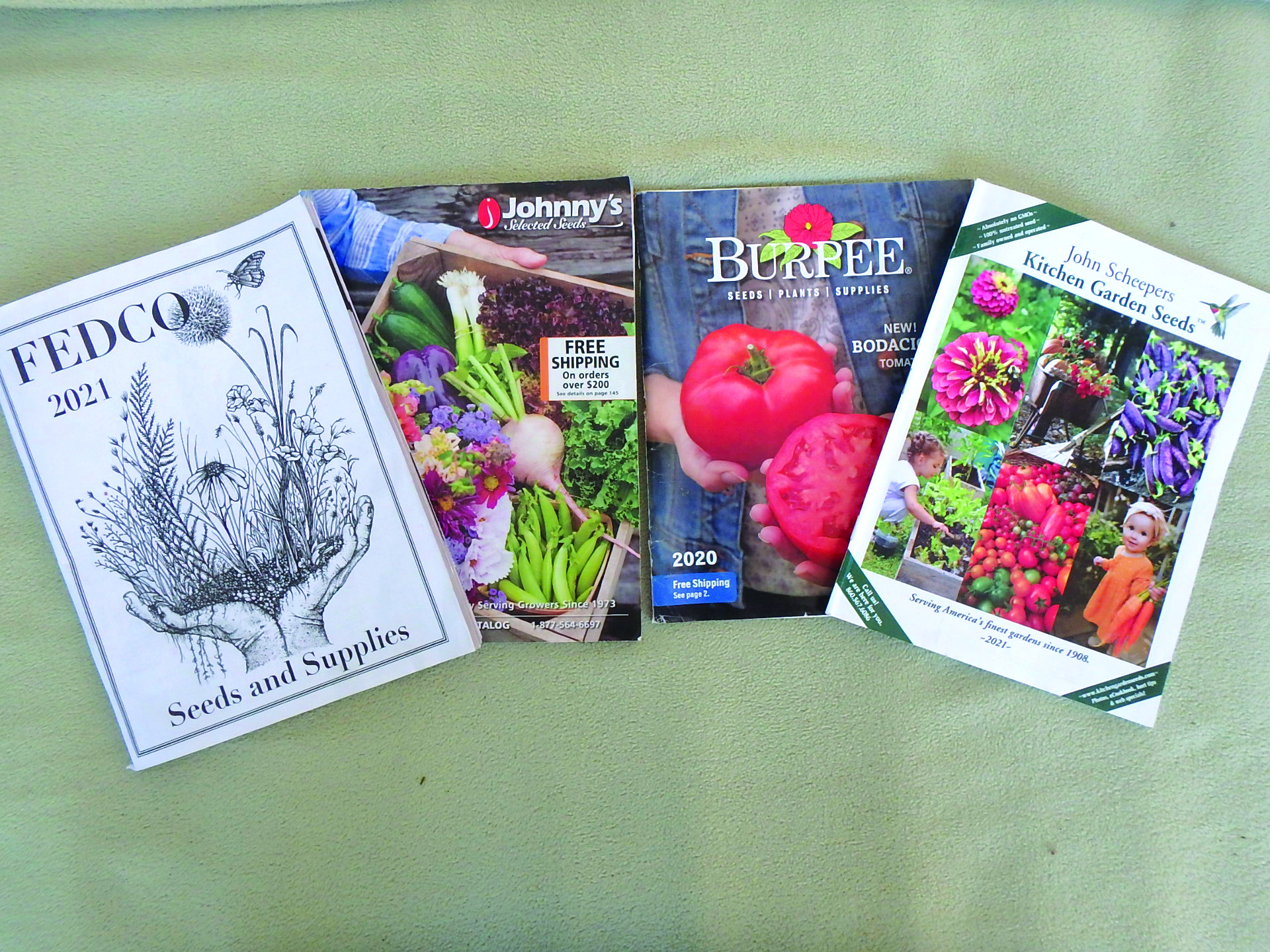Make a wish list of trees you want
I was recently thumbing through my first book, Notes from the Garden, looking for inspiration for yet another winter article. In it I read that I had planted my Merrill magnolia in 2001. I had forgotten that I planted it just 20 years ago this spring — it feels like it has always been there!
Looking out the window at that handsome tree that blooms each April with a thousand large, lightly fragrant double white blossoms made me think: How many of us plant a tree with a vision of what it will be like in 20 years? I had mainly hoped it would survive to bloom modestly, but it has been a magnificent tree for a decade or more.
I invite you to draw up a wish list this winter. Think of big, majestic trees that you wish to have and figure out where you could plant them. Dream of flowering trees. Think of native trees that will feed the baby birds with the thousands of barely noticeable caterpillars that feed on their leaves. Imagine a recliner in the shade of a tree you have planted. Picture grandchildren playing in its shade.
I think it’s important to realize that trees get to be of a good size fairly quickly. Most grow two to three feet per year, some even more than that. So what if you are 60 or 70 or 80 years old? Even if you never live to see it bloom or drop nuts on the lawn, you are improving the environment, now and in years to come.
Years ago I visited author, illustrator, eccentric and well-known recluse Tasha Tudor at her home in southern Vermont. She was in her late 80s at the time but still was planting trees. She asked me if I could help her find two specific crabapple varieties that she had planted 30 years before but was unable to find anywhere.
One variety I found at EC Brown’s nursery in Thetford, Vermont. The other I could not find, so I asked her where she had purchased it. She told me that she bought it at Weston Nurseries, and I called them. The woman who answered the phone remembered her, and the fact that she traveled with a rooster under her arm. Amazingly, she also remembered the fellow who waited on her that day; he still worked there, and he was brought to the phone. He explained that the variety was no longer in production. End of story.
Actually, it was not. I saw Wayne Mezitt, the owner of Weston Nurseries, at a trade show, and told him the story of his people remembering Tasha. He said he would make her some of the trees she wanted by grafting branches onto root stock. And he did. Three years later, Wayne and I met and presented Tasha with the trees she wanted. By then she was past 90 but still planting trees. Did she ever get to see them blossom? Unlikely, but I love the idea of someone her age planting trees. I hope to do the same.
If you plant trees over a long period of time it is hard to keep track of when you planted them,and the variety planted. Keeping track takes real discipline. In my experience, tags are fine for a few years, but eventually they get lost or the writing fades until it is unreadable.
If you are linked closely to your phone or tablet, that might be one way to keep track of what you plant — until the phone dies or gets replaced. I don’t have a cell phone, so I cannot advise how to keep records on it. But I do take lots of photos and they are in my computer by date, so I should be able to find most anything I plant — so long as I label well — and the computer doesn’t eat things, which mine does from time to time.
I like writing things down, using a real pen, sometimes even using my trusty fountain pen. Years ago I bought a 10-year Gardener’s Journal from Lee Valley Tool Co. They still sell them, and at about the same price: $32.90. It is hard-covered and durable. The only thing it lacks is a search function. It has a page for every day of the year, and 10 sections per page — a few lines for every day. In principle I would write the weather, what I planted or pruned or dug out every day. But life gets in the way of even the best of intentions.
I like old-fashioned “3×5” cards for making lists: to-do lists, grocery lists. They fit nicely in a pocket and good ones are quite sturdy. My Winter Resolution (like a New Year’s resolution, but made after Groundhog Day) is this: I will fill in a note card every time I plant something. I have an old-fashioned wooden box designed for 3×5 cards, and I will use it to keep track of my plantings this year.
So what will go on the cards? First I have to decide if I will use common names or scientific names for alphabetizing the plants. I will use the scientific names, as that is how I think of most of my plants. But I will also include common names. Date planted, source of the plant, where planted, perhaps soil amendments added or any other details that might be useful. If plants die, I will keep the card, but place a black dot on the upper right corner of the card.
Last fall I wrote up a list of woody plants I have planted here in Cornish Flat since I bought my house in 1970. I listed nearly 80 species or varieties. I think I’ll fill in a card for each tree on the next raw, gray, wet day.
Featured Photo: Wayne Mezitt presents Tasha Tudor a White Weeper crab apple. Photo courtesy of Henry Homeyer.

